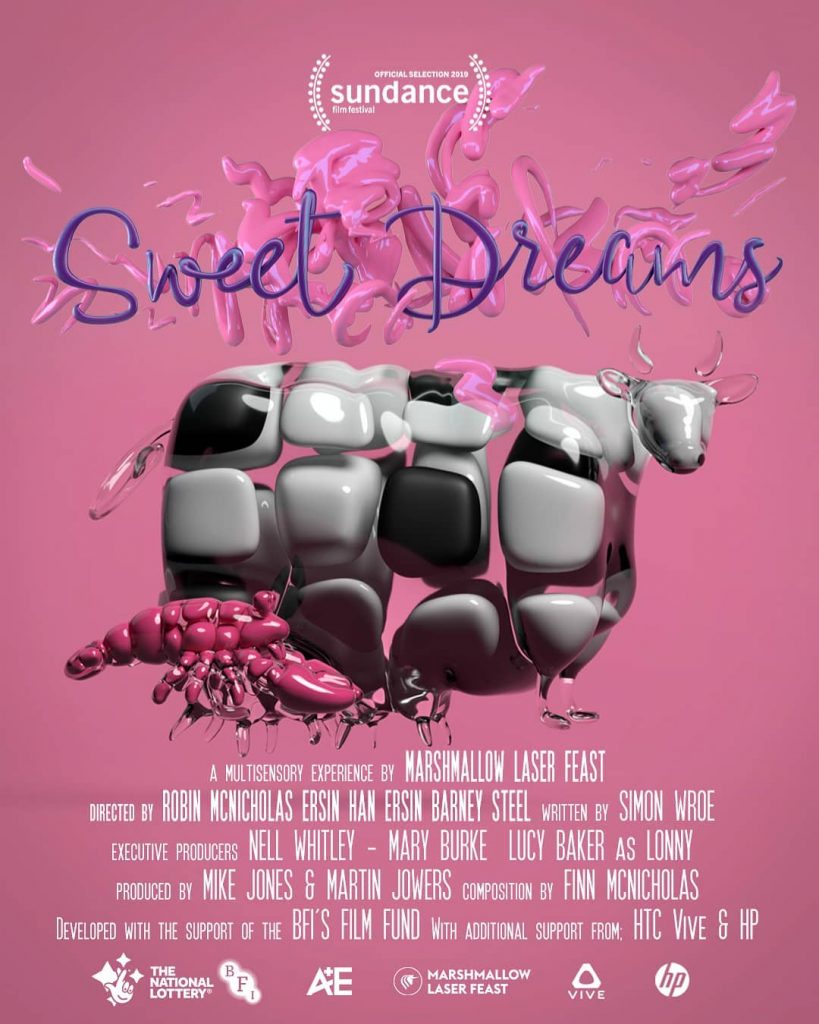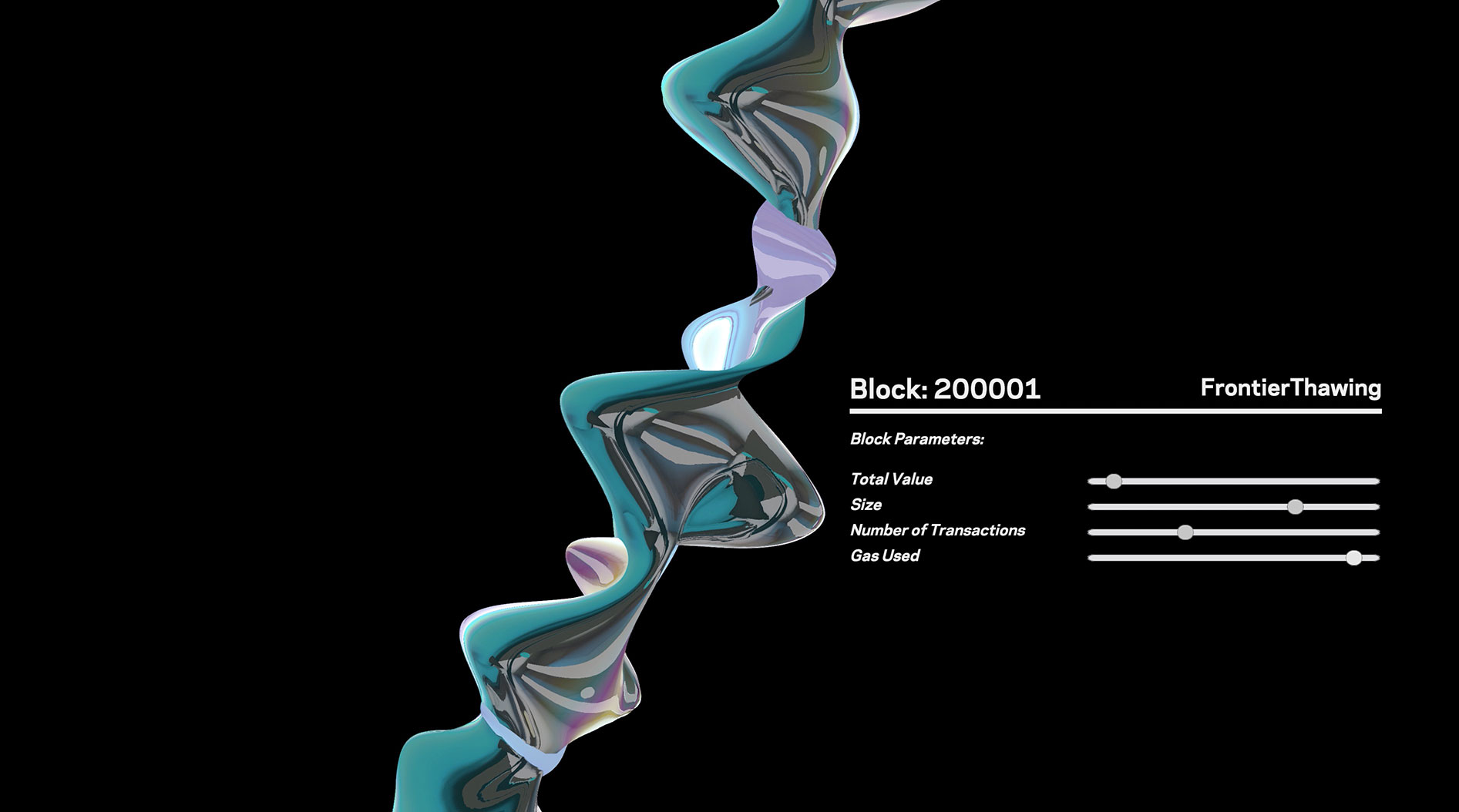I’m the bassist, 2nd singer, and the other half of this band. Its sort of bluesy-punk and lots of fun to do. My creative partner and the driving force behind the band the amazing Mr John Clay.
See more here: http://thebandcolossus.com/
I’m the bassist, 2nd singer, and the other half of this band. Its sort of bluesy-punk and lots of fun to do. My creative partner and the driving force behind the band the amazing Mr John Clay.
See more here: http://thebandcolossus.com/
Performance, Editing
Performance, Creative Development, Video Editing
SFX
Camera operation, SFX, Creative development
Lighting, SFX, Creative development
DREAM is an EC-funded project that will deliver the next generation robot-enhanced therapy (RET). It develops clinically relevant interactive capacities for social robots that can operate autonomously for limited periods under the supervision of a psychotherapist. DREAM will also provide policy guidelines to govern ethically compliant deployment of supervised autonomy RET. The core of the DREAM RET robot is its cognitive model which interprets sensory data (body movement and emotion appearance cues), uses these perceptions to assess the child’s behaviour by learning to map them to therapist-specific behavioural classes, and then learns to map these child behaviours to appropriate robot actions as specified by the therapists.*
I worked on this project as a research assistant between 2015-2019.
Briefly, the main challenges addressed by the DREAM project therefore are:
* (text copied from www.dream2020.eu)
“Champagne rain, custard lightning, lakes of swan soup, forests of black forest gateaux.” The tasty morsels of food and drink you consume in the experience have been developed by Mark Garston and Chef Michele Stanco, both whom are former team members of Heston Blumenthal’s Fat Duck Group.
Sweet Dreams was a project I worked on with a group of artists from Marshmallow Laser Feast.
Sweet Dreams was developed with the support of the BFI’s Film Fund

Freelance job working with Marshmallow Laser Feast to create a visualisation of the Ethereum network. The piece was displayed at the annual Blockchains developer conference, being displayed on two screens, an LED wall displayed behind a holographic scrim layer. The visualisation was developed as a representation of the network’s history, evolving and being manipulated by historic data across the various forks.



This piece was developed for a PhD student at Goldsmith’s, University of London. The student’s work revolves around looking at theory surrounding non-interactive procedural cinema. In the piece, she wanted to have a tiger (based on eighteenth-century automaton, Tipu’s Tiger) roaming through a forest scene. The tiger moves of its own free will, as does the camera following it.


So, not actually a game.. more like an interactive music video toy sorta thing.. This was my entry for the 2018 Global Game Jam. I worked by myself and created a sort of plaything that you can fiddle with while listening to this rad retro wave song I found online (Midnight Rider by Fazzio – https://fazzioretro.bandcamp.com/track/midnight-rider).
https://globalgamejam.org/2018/games/midnight-turbo
Swoop along! WooHoo! (You need an xbox controller to play this.. its for mac so you will prolly need to download the drivers from somewhere, lol)

Wavelength is a casual ‘dot-to-dot zen’ game where players try to link as many coloured dots as possible before the timer runs out. The game has won a few small awards and received a bit of press coverage.
Follow the project
Honours:
Press:





Another small project where I made a blend of the classic games Asteroids and Pong. I made it in openframeworks as an early attempt to learn the framework. Its just a silly little thing but it ended up being quite fun ?
Available on github: https://github.com/robrab2000/AsteroidPong
Interactive video with sound *Collaboration with Marisa Tapper
A monitor or projected screen display the feed from a camera hidden below it and directed towards the viewer. The feed cycles through several forms of distortion intended to convey a digitisation of the viewer by the machine. A robotic voice drones out the inner monologue of a computer consciousness as it tries to figure out the world around it. The monologue orates a narrative alluding to the machine’s arrogance and subtle disdain for the human race. The machine however, is also lonely and seems to crave interaction with the audience. The piece is intended to highlight our projected anthropomorphisation of machines throughout modern era, but especially in the face of growing interest in artificial intelligence and virtual assistants.